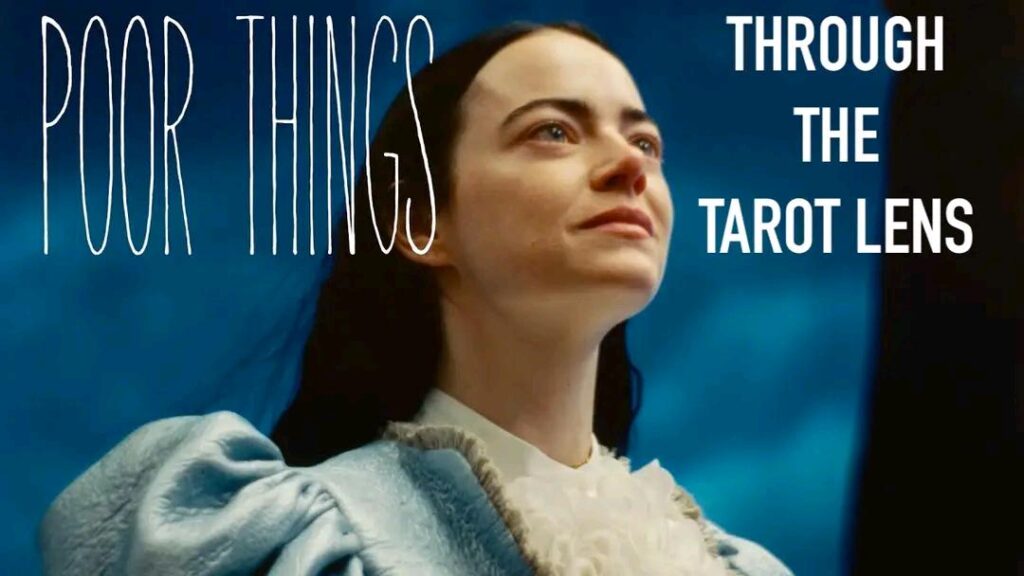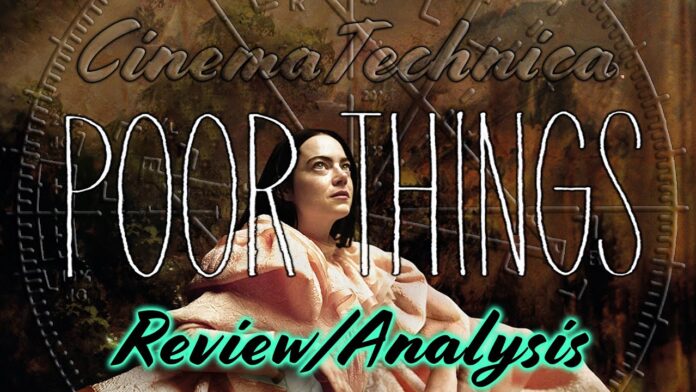Poor Things Analysis is a captivating story that blends dark humor, mystery, and deep themes, making it a thought-provoking experience for readers. This analysis of Poor Things focuses on its intricate plot and the fascinating characters that make the story stand out. The narrative revolves around themes of identity, love, and the human experience, with a unique twist that keeps the audience hooked.
The main character, Bella Baxter, is a young woman brought back to life through unconventional means. Her journey of self-discovery and navigating the complexities of her existence forms the heart of the novel. In this Poor Things analysis, we explore how the author uses Bella’s story to raise questions about the nature of life, morality, and the meaning of being human. As we dig deeper into the story, we will uncover the rich symbolism and social commentary hidden within its pages.
Understanding the Themes in Poor Things Analysis: A Journey Through Life and Identity
Poor Things dives into the complex themes of life, identity, and personal transformation. The main character, Bella Baxter, is brought back to life, making her life journey both unusual and fascinating. This raises many important questions: What does it mean to be truly alive? How does identity shape who we are? The story uses Bella’s experiences to explore these themes, showing that discovering one’s true self is not always easy.
The book’s deep themes make readers think about the boundaries between life and death, and how a person’s sense of self can change. In this Poor Things analysis, we focus on how the story portrays Bella’s inner journey. As she struggles with who she is and how others see her, the novel asks us to think about how we define ourselves. The way Bella learns to navigate the world reflects larger questions of what it means to live authentically.

Who Is Bella Baxter? Unpacking the Main Character’s Evolution
Bella Baxter is the heart of Poor Things Analysis. Her journey from being brought back to life to figuring out who she really is keeps readers intrigued. From the start, Bella is portrayed as curious, innocent, and naive about the world around her. As the story progresses, we see Bella transform and grow, which is one of the most important parts of the plot. In this Poor Things analysis, we’ll explore how Bella’s character evolves throughout the book.
In the beginning, Bella doesn’t understand many aspects of life. But as she meets different people and experiences new things, she begins to develop a deeper understanding of who she is and what she wants. Her growth is not easy, as she faces confusion, heartbreak, and self-doubt. However, by the end of the book, Bella has undergone a major transformation, showing us how much can change in a person’s journey to find themselves.
The Unique Structure of Poor Things Analysis: How the Narrative Drives the Story
One of the things that makes Poor Things Analysis so interesting is its unique storytelling style. The book doesn’t follow a typical plot structure, and its unusual narrative keeps readers on their toes. In this Poor Things analysis, we’ll take a closer look at how the story’s structure helps to develop its themes and characters.
The book uses different perspectives and timelines, which allows the author to build suspense and keep the reader engaged. The way the story is told mirrors Bella’s confusion and search for identity. The narrative twists and turns show us the world through Bella’s eyes, making us feel her struggles and triumphs in a very personal way. The structure of the novel adds layers of complexity, making it a more powerful and thought-provoking read.
Exploring the Symbolism in Poor Things Analysis: What Does It All Mean?
Symbolism plays a major role in Poor Things, adding depth to the story and its themes. Many symbols in the novel reflect Bella’s inner journey and the questions she faces about life and death. The most obvious symbol is Bella herself—created from different parts and pieces, just like a puzzle. This represents the idea of fragmented identity, as Bella tries to piece together who she is.
Other symbols, like the setting and certain objects in the story, also reflect key themes. The characters Bella encounters represent different aspects of society and culture, and each one adds to her understanding of the world. In this Poor Things analysis, we break down some of the most important symbols in the book to show how they help tell the story. By understanding these symbols, readers can gain a deeper appreciation of the novel’s themes and messages.
Key Symbols in Poor Things:
- Bella’s Rebirth: Represents the search for identity and a fresh start.
- The Setting: Reflects the mood of the story and Bella’s evolving understanding of the world.
- Other Characters: Serve as symbols of societal values and struggles.
The Role of Dark Humor in Poor Things: How Laughter Meets Tragedy
Dark humor is a key element in Poor Things, adding an interesting layer to the story. The author uses humor to explore serious and sometimes sad topics, such as life, death, and identity. In this Poor Things analysis, we explore how the combination of dark humor and tragedy makes the story unique and thought-provoking.
Bella’s life is full of strange and difficult events, but the way the author uses humor to present these moments helps make the story feel less heavy. Laughter in the book does not take away from the sadness or the struggles, but instead gives the reader a way to cope with the darker themes. By blending humor with tragedy, the book shows that even in tough times, there can be moments of lightness.

Social Commentary in Poor Things: What the Story Says About Society
Poor Things also serves as a powerful commentary on society. Through Bella’s journey, the novel raises important questions about how society views people who are different or unusual. It challenges our assumptions about what it means to be “normal” and how people are judged based on their appearances or circumstances. This social commentary is woven throughout the story, making it more than just a tale of self-discovery.
The story critiques societal values, particularly how we treat people who don’t fit into traditional roles. By showing how Bella is treated by others, the author highlights issues of discrimination, judgment, and the need for empathy. In this Poor Things analysis, we take a closer look at the social messages the book conveys and how they make the reader reflect on their own views of society.
Conclusion: The Depth of Poor Things and Its Lasting Impact
In conclusion, Poor Things is a book that invites readers to explore deep and complex themes in a unique way. From Bella’s personal growth to the symbolism and social commentary, the story challenges us to think about life, identity, and society. By analyzing these elements, we gain a deeper understanding of the novel’s significance and the powerful messages it conveys.
Whether you’re interested in the themes of life and death, or the use of dark humor, Poor Things offers a reading experience that is both entertaining and thought-provoking. This analysis uncovers the layers of meaning behind the novel, showing just how much there is to learn from Bella’s story.
FAQs About Poor Things Analysis:
Q: What is the main theme of Poor Things?
A: The main theme of Poor Things is the journey of self-discovery, exploring what it means to be alive and how identity shapes us.
Q: Who is Bella Baxter?
A: Bella Baxter is the main character, a woman brought back to life, who embarks on a journey to understand herself and the world around her.
Q: How does dark humor play a role in Poor Things?
A: Dark humor is used to explore serious themes, making the story more engaging and providing moments of lightness in a tragic world.
Q: What are some important symbols in Poor Things?
A: Symbols like Bella’s rebirth and the setting reflect themes of identity, life, and societal values.
Q: How does Poor Things critique society?
A: The book critiques society’s judgment of those who are different, encouraging readers to question norms and practice empathy.
Q: Why is the structure of Poor Things Analysis important?
A: The unique structure helps reflect Bella’s confusion and growth, making the story more impactful and engaging.
read more: K-12 discount Nature magazine subscription

